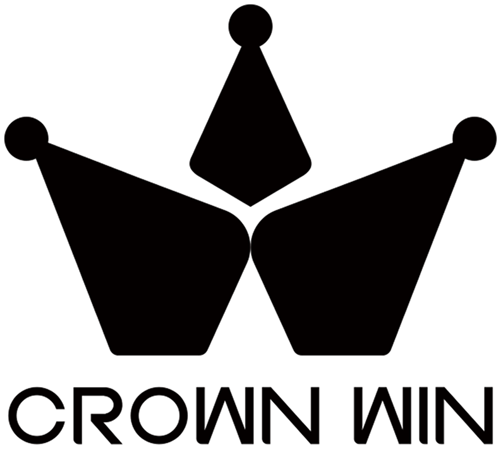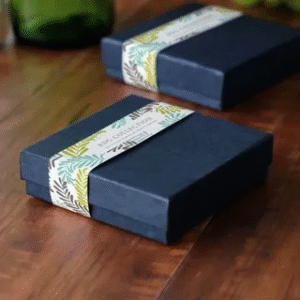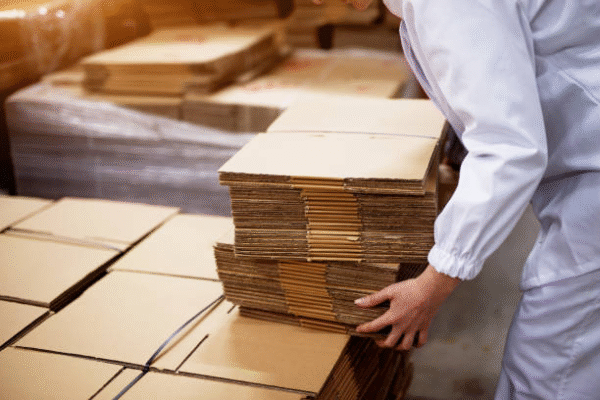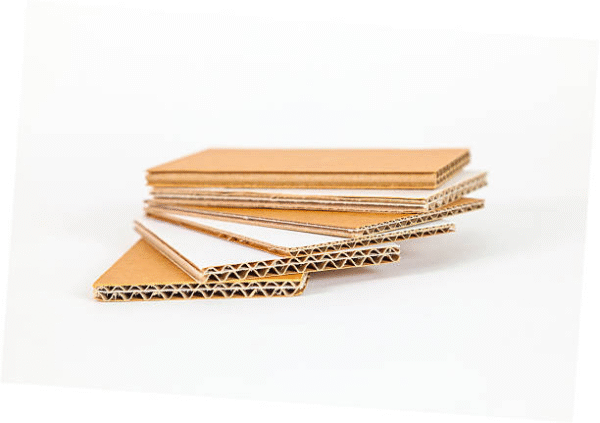Mailer Boxes vs Shipping Boxes: Complete Guide
The initial move towards making intelligent choices regarding the use of packaging is first to understand the natural variations of mailer boxes and shipping boxes as to material structure and protection, not only in costs but also environmental effects. Use mailer boxes with light and non-breakable products where the cost-effective is of the highest priority and use shipping boxes when high-end product protection, high-end presentation, or high serviceability is required. The thing is to pack your item so that it meets its specific needs, shipping needs and position in the brands without repeating the errors that most individuals commit by either inadequate sizing or incorrect wrapping.















